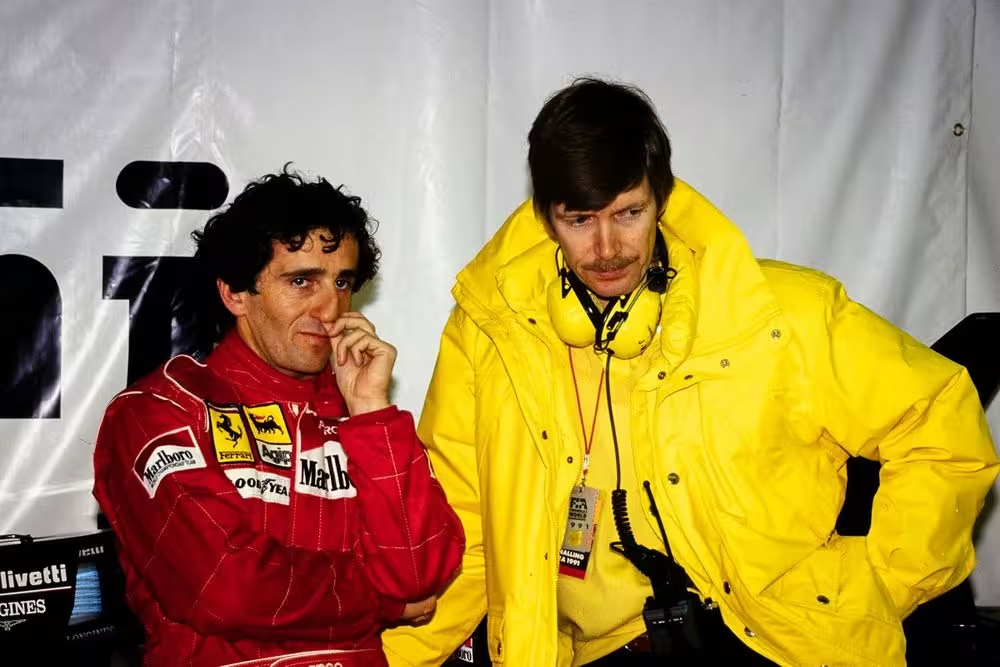It was only a few years ago that some of Formula 1’s brightest minds were predicting a future where wind tunnels were no longer needed. Think of the wasted expense powering a giant fan in a massive, empty room filled with nothing but a 60% scale model of a car, and all the time spent poring through the data readouts.
It seemed that technological progress was reaching a cross-over point, one where computer simulations could do all of that and accurately – and effectively – predict flow patterns around a car.
And here we are, the year 2024 of the common era, and two F1 teams are in the process of either building or finalising brand-spanking-new wind tunnel designs. Aston Martin is in the commissioning phase of its new in-house facility, while Red Bull is aiming to have a new wind tunnel in operation by 2026. McLaren, for its part, had finished its own new build in 2023.
The anticipation for both incoming wind tunnels among the teams will be stratospheric. These are often held up as a significant influence on performance, one that can change the fortunes of a team and stall any hints of a decline. But, as ever, it’s not quite as simple as that – even after construction, there’s months of work ahead before the wind tunnel is even remotely useable.
In those months, there will be significant challenges in getting the wind tunnels ship-shape. Aston Martin is already delving into those, while Red Bull will have to go through the entire rigamarole in about 12 months’ time when it moves out of its Bedford tunnel – which dates to the Cold War as part of an aeronautical research site.
These are the challenges we don’t hear about; the narrative always seems to lean towards the following phraseology: “Team X has a new wind tunnel, it’ll work off the bat and the car will be competitive”. Let’s set the record straight and explain how to set up a wind tunnel, and detail the work that Aston Martin and Red Bull have ahead.
Alain Prost, Ferrari, Jean-Claude Migeot
Photo by: Ercole Colombo
To do that, we’ve asked former F1 aerodynamicist Jean-Claude Migeot – formerly of Tyrrell and Ferrari, and the architect of F1’s high-nose era – to assist. Migeot has been heavily involved in the development of multiple wind tunnels over his post-F1 career, including the Aerolab and Fondtech facilities in Italy, so he’s the perfect person to help us untangle the key details.
“First of all, I don’t think you get…
Click Here to Read the Full Original Article at Autosport.com – Formula 1 – Stories…

